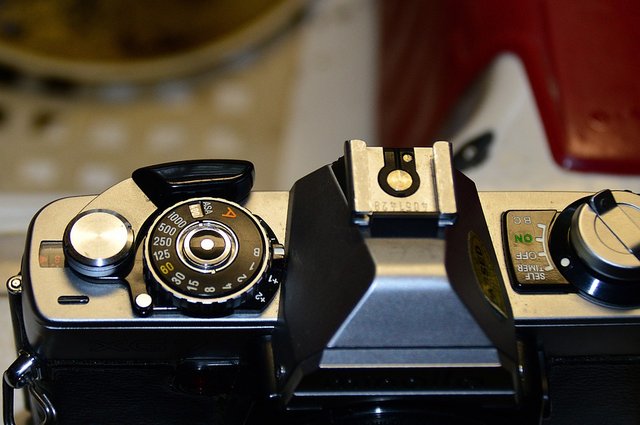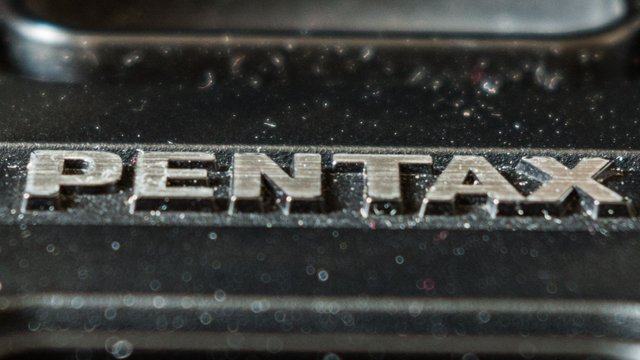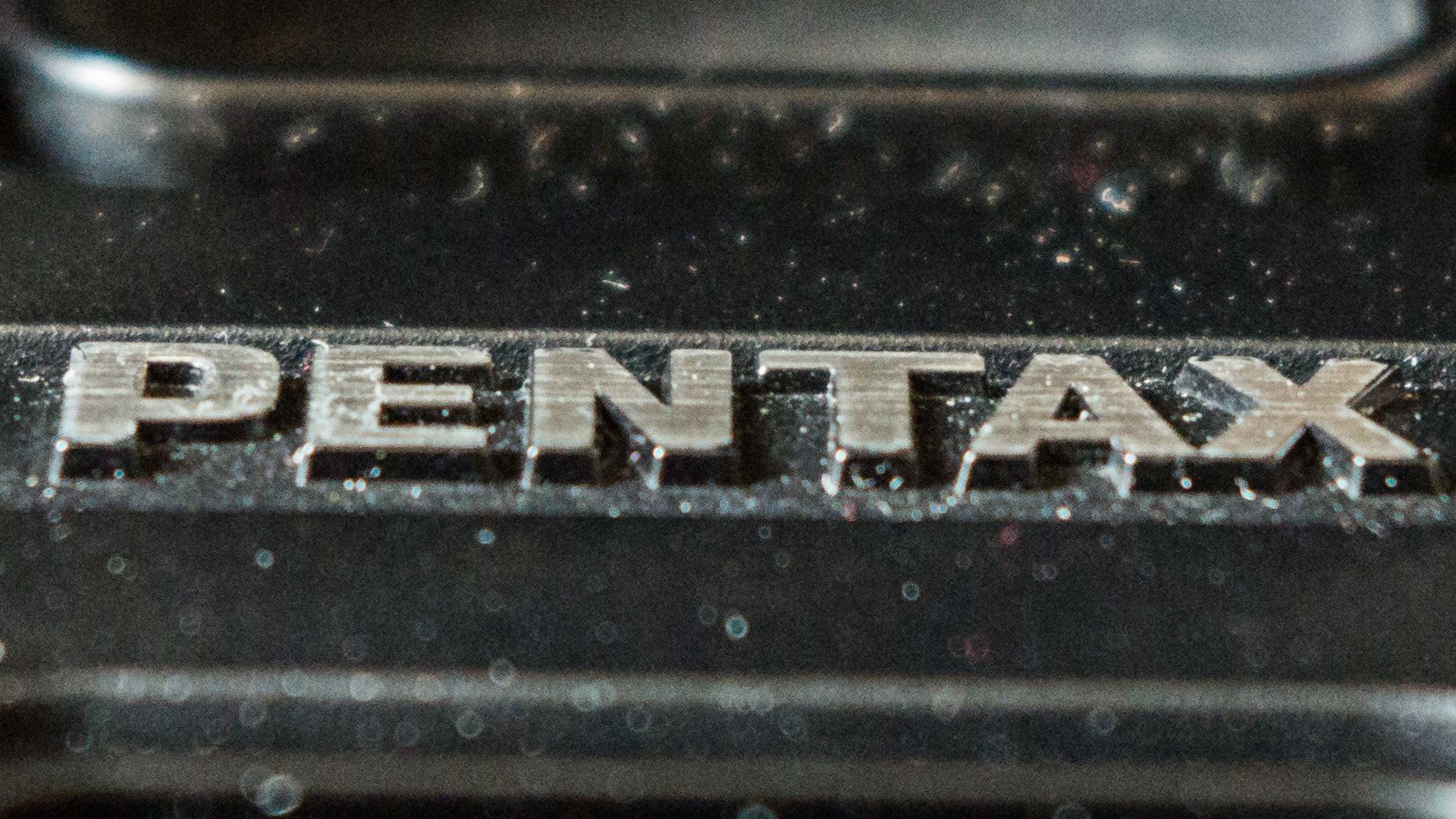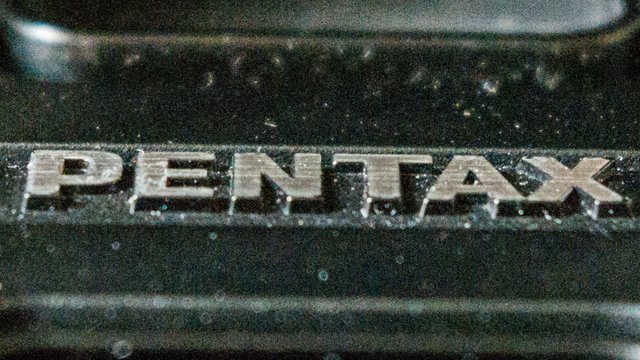About Photography: ISO settings

ISO settings
ISO or ASA back in the day indicates how sensitive the film is to light. A low value is less sensitive whereas a higher value is more sensitive.
In today's digital cameras the system works the same. But instead of film we have a sensor which light sensitivity can be adjusted. Most cameras can go as low as ISO50~100 and up ISO6400 while maintaining acceptable image quality. As time goes cameras get better and currently many producers like to brag about their cameras going all the way up to ISO 512000 and the really extreme cameras over ISO 3 million. In truth these extreme settings are not useful in real life as they degrade the image too much.
ISO setting change similarly to shutter speed and aperture: going from ISO100 to ISO200 doubles the exposure.
Choosing the right settings
Using a low ISO reduces noise in the image. So if there's plentiful light available you should use an ISO value as low as possible.
Here's where the other settings also come in: aperture and shutter speed. Usually when you want a crisp image a lower aperture is recommended, let's say f/8.0 and a fast shutter speed ~1/250th. Now depending on the light conditions your image might be underexposed. That's where you bump up you ISO settings accordingly. In these situations you have to decide which is more important: a less noisy image, less sharpness or some motion blur. For me, the difference between ISO100 and ISO320 is barely noticeable, that's why I'm comfortable raising my ISO settings, but it differs from camera to camera.
If there is plenty of light, I want little grain, I’m using a tripod and my subject is stationary I will generally use a pretty low ISO rating. If it’s dark, I purposely want grain, I don’t have a tripod and/or my subject is moving I might consider increasing the ISO as it will enable me to shoot with a faster shutter speed and still expose the shot well. Situations where you might need to push ISO to higher settings include: https://digital-photography-school.com/iso-settings/ Darren RowseWhen choosing the ISO setting I generally ask myself the following four questions:
Of course the trade off of this increase in ISO will be noisier shots.
Comparison of 4 shots with the same exposure but different ISO settings, cropped:

Pentax K-30; 55mm; f/8.0; ISO-100

Pentax K-30; 55mm; f/8.0; ISO-800

Pentax K-30; 55mm; f/8.0; ISO-6400

Pentax K-30; 55mm; f/8.0; ISO-25600


Great post! I found this to be very informative and useful to amateur photographers like myself.
Have a great weekend!
Steem On,
Mike
Glad! :)
Good info. now that my wife has an S8 which allow lots of manual setting, i can play and try to figure this out.
Cool. I have an S3. I'm an old dinosaur in that regard :D
I have a S5 and inherited her S6.:-)